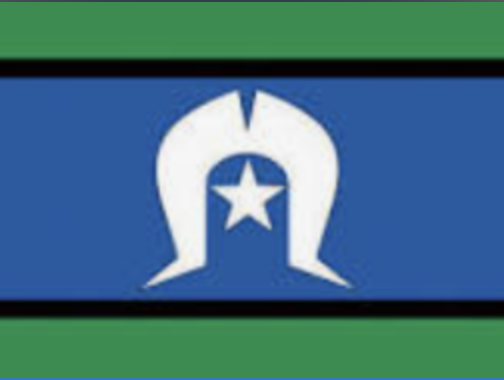Best practices for hiring Disability Support Workers: Building a compassionate, capable and inclusive workforce

As the demand for quality disability services continues to grow across Australia, so does the need for skilled, values-driven disability support workers. These professional support workers play a vital role in enabling people with disability to live with autonomy, dignity and choice, and the quality of support always begins with the quality of the recruitment process.
Hiring the right disability support workers isn’t just about ticking boxes or filling rosters. It’s about finding people with the right mix of technical competence, human empathy, cultural understanding and ethical commitment and doing so in a way that is fair, inclusive and sustainable.
Whether you’re a large provider, a small organisation, or, like Talent Quarter, an agency staffing for multiple clients, here are the best practices to follow when hiring disability support workers.
Start with person-centred thinking
The foundation of great disability support is person-centred practice. Recruitment should reflect this by asking questions like, who are we hiring for, what are the individual needs, preferences and goals of the person supported and what kind of personality, values or communication style would best match?
Ideally, recruit for fit with the individual and the employing entity and not just the organisation. At Talent Quarter, we are a people organisation and are big on connection – in our recruitment process we always try to identify a connection between candidate and disability sector. Our retention data shows, people who have experienced disability through family and friends have a much higher rate of being invaluable disability support workers. Apart from that, we strategise our recruitment through:
Use of clear, accessible and inclusive job descriptions
A strong job description and of course, job ad, sets the tone. Best practices include:
- Plain language: Avoid jargon or overly formal language
- Key duties: Clearly outline daily responsibilities and any physical, emotional or behavioural aspects of the role
- Values-based requirements: Highlight attributes like patience, empathy, flexibility, and respect for human rights
- Inclusive language: Avoid gendered or ableist phrasing, and state your commitment to diversity
- Flexible employment options: Reflect the shift-friendly, part-time or casual nature of the role
It’s also important to help make the recruitment process safe and inclusive, right from the get-go, for example, the following statement could be added to the end of every job advertisement ‘We value diversity and are committed to creating an inclusive workplace for people of all sexual orientations, gender identities, and intersectionality.’

Screen for competency and values
Technical qualifications, for example a Cert III in Individual Support or NDIS Worker Screening Check, are obviously important, but so are less tangible qualities like:
- Respect for choice and control
- Emotional intelligence
- Cultural humility
- Commitment to safety, privacy and dignity
Use behavioural interviewing and situational judgement tasks
Go beyond the resume with methods that assess how a candidate thinks, reacts, and problem-solves in real-world situations. For example, you could ask ‘What would you do if a participant became suddenly distressed?’ or ‘How would you respond if you noticed another worker behaving unethically?’
Prioritise cultural and community connection
Representation matters, especially in First Nations communities, LGBTQI+ identities, and multicultural households. Where possible, hire workers who share or understand the culture and identity of the participant, or ensure cultural safety training is a core part of onboarding. Partnering with community-led organisations can also help diversify your talent pipeline.
People from diverse backgrounds, including older workers, neurodivergent applicants, or those with a disability themselves may face barriers in recruitment. Best practice should include:
- Providing alternative ways to apply
- Ensuring interview panels (if required) reflect diversity
- Making reasonable adjustments for interviews or assessments as required
- Actively recruiting from underrepresented communities
Ensure compliance and safety without creating barriers
All disability support workers must meet key compliance requirements, such as; NDIS Worker Screening Check, First Aid/CPR certificates, Working with Children Check (which is different for each State and Territory) and, in many cases a COVID-19 vaccinations. New candidate onboarding compliance sits at the heart of our quality workforce and there are no exceptions. We use checklists and onboarding portals to support, not gatekeep, new hires through the compliance process.
Measure your own success and seek feedback
To continuously improve your hiring process, track and review recruitment outcomes by role type, region, and diversity. Survey new hires and participants on their role and cultural fit as well as their satisfaction with the role and the hiring process. Think ‘entrance’ rather than an ‘exit’ interview.
Hiring isn’t just a transaction; it’s the beginning of a relationship. Approach it with care, curiosity and commitment to continuous learning. Disability support work is both practical and deeply human and the best workers aren’t just skilled, they’re thoughtful, respectful, and committed to the dignity and inclusion of the people they support.
Hiring practices that reflect those values will always lead to better outcomes, for organisations, workers, and most importantly, for the people receiving support.


